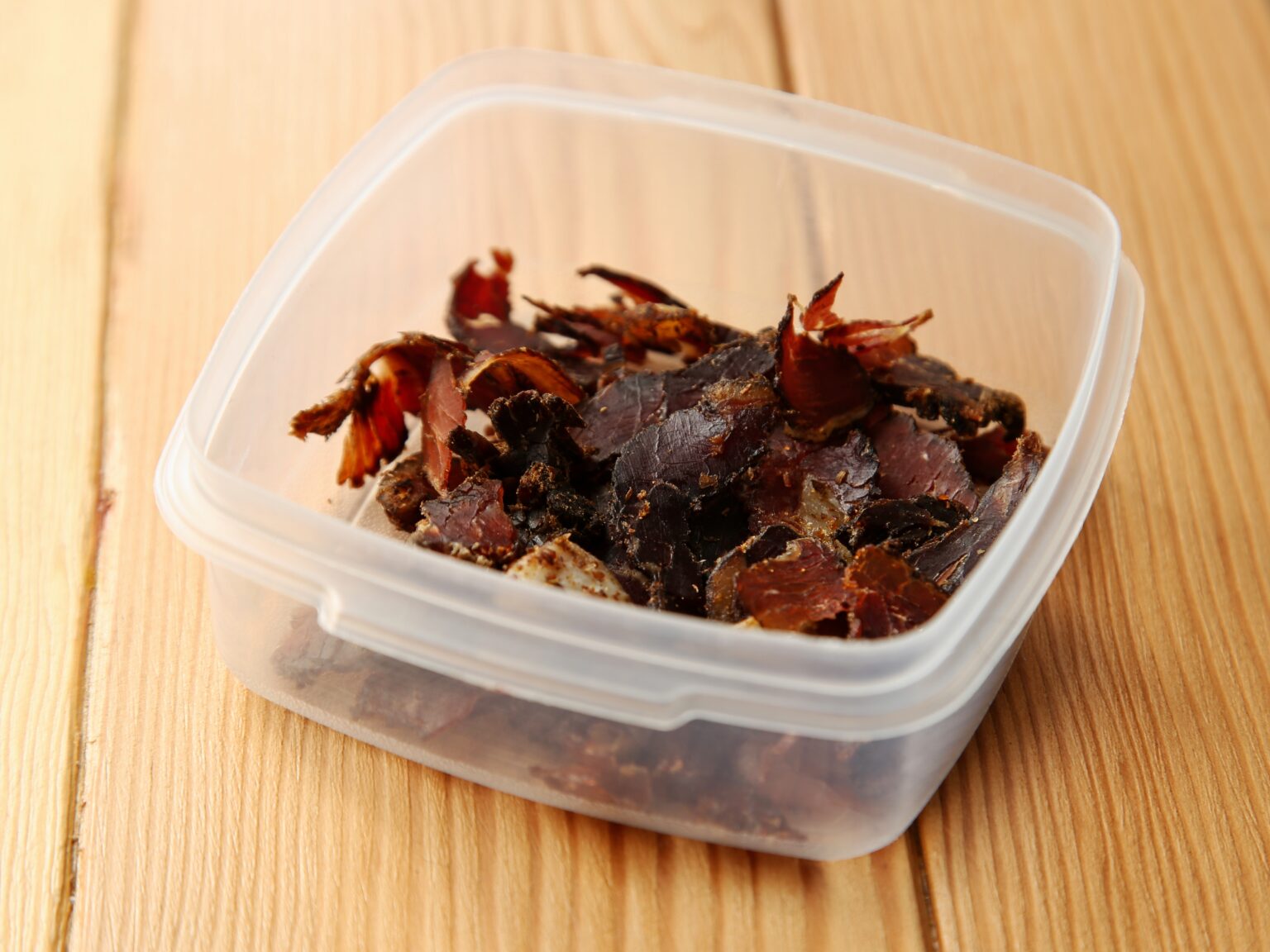When it comes to culinary delights, South Africa boasts a rich tapestry of flavors and unique dishes that tantalize the taste buds. Among these gastronomic treasures is biltong, a traditional dried meat delicacy that holds a special place in South African cuisine. Biltong is not only a snack but also a cultural icon, showcasing the rich history and diverse traditions of the country. In this article, we delve into the world of biltong and explore its unique texture that sets it apart from other dried meats.
The Origins of Biltong
Biltong traces its origins back to the early days of South African history when European settlers began to explore the vast plains of the region. Seeking a way to preserve meat during their long journeys, they adopted a technique that involved air-drying strips of meat. This method allowed them to store and consume protein-rich sustenance for extended periods. Over time, this practice evolved, and biltong emerged as a staple in South African cuisine.
The Biltong Process
What distinguishes biltong from other dried meats is its meticulous preparation process. Traditionally, beef is the most commonly used meat, although other varieties such as game meats are also popular. The choice cuts of meat are carefully selected, and excess fat is removed to ensure the best flavor and texture.
Next, the meat is marinated in a blend of vinegar, spices, and salt. This marinade, often a closely guarded secret family recipe, adds depth of flavor and helps tenderize the meat. Common spices include coriander, black pepper, chili powder, and sometimes sugar or Worcestershire sauce.
After marinating, the meat is hung in a well-ventilated area to air-dry. The drying process can take several days, during which the meat gradually loses moisture while the flavors intensify. The result is a unique texture that combines tenderness with a satisfying chewiness, making each bite a delight for the senses.
The Unique Texture of Biltong
One of the key factors that sets biltong apart from other dried meats is its exceptional texture. Biltong strikes a perfect balance between tenderness and firmness, giving it a distinctive chewiness that is highly sought after. Each bite offers a burst of intense flavor, with the spices permeating the meat, creating a symphony of taste sensations.
The texture of biltong can vary depending on personal preferences and the drying process. Some prefer their biltong slightly softer and more tender, while others enjoy it with a firmer, drier texture. Regardless of preference, biltong’s texture is undeniably unique and contributes to its overall appeal.
Versatility and Enjoyment
Biltong is not only enjoyed as a standalone snack but also finds its way into various South African dishes, adding depth and flavor. It can be sliced thinly and served as an appetizer or paired with cheese, crackers, or fresh bread for a delicious platter. Additionally, biltong is a popular ingredient in stews, soups, and even salads, where its robust flavor enhances the overall dish.
Moreover, biltong has gained recognition globally and is increasingly enjoyed by food enthusiasts worldwide. Its unique texture and tantalizing taste have made it a sought-after delicacy in many countries, leading to its availability in specialty shops and online markets catering to international consumers.
South African biltong, with its distinct texture and rich heritage, is an essential part of the country’s culinary identity. From its humble beginnings as a preservation technique to its present-day status as a beloved snack and ingredient, biltong continues to captivate taste buds and ignite the imagination of food lovers worldwide. Whether enjoyed as a stand-alone snack or incorporated into various dishes, the unique texture of biltong offers a delightful and unforgettable gustatory experience that showcases the diversity and richness of South African cuisine.








